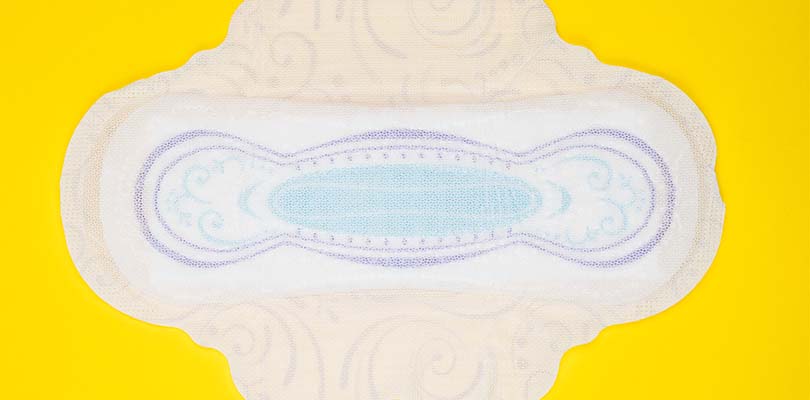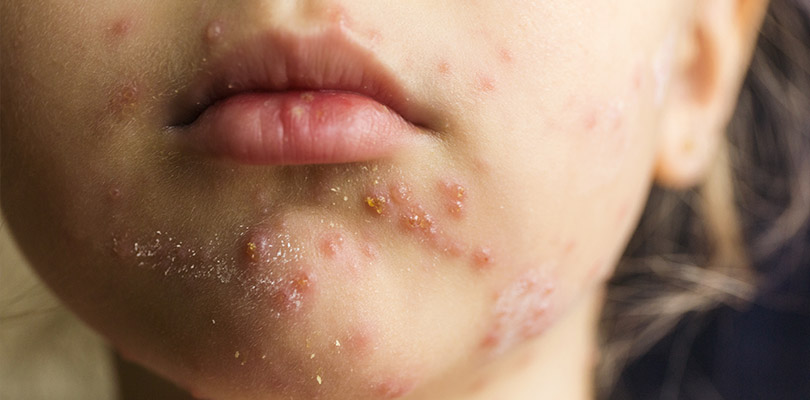How to Floss and Why It's Important
You’ve probably heard your dentist a thousand times insisting that you floss, and chances are you have likely questioned why you should wedge a string between your teeth when you already brush them regularly.
The answer is quite simple: if you want to maintain good oral hygiene, brushing twice a day is not enough. Flossing helps to rid your mouth of hidden germs, and this simple piece of string is also effective at removing food particles stuck between your teeth that cannot be dislodged by brushing with a toothbrush. When flossing is done properly and combined with regular brushing, it can help to prevent various dental conditions, including bad breath, cavities and gum disease. So, let’s take a look at how to floss.
Choosing a Floss
You’ll find different types of floss in your local pharmacy, including flavored and waxed varieties. Generally, dentists prefer waxed floss because it can easily slide between your teeth. Additionally, ribbon or taped flosses are preferred over fine flosses. The wider flossing material covers a larger portion of your teeth and is less likely to injure your gums. You will also see ready-made, pre-threaded disposable flosses attached to a plastic stick. They can easily help you clean your molars located in the back of your mouth.
How to Floss
Flossing is a fairly simple technique; following the steps below will help you to achieve optimal results:
- Pull out an arm’s length of the string from the container.
- Wrap the floss around your two middle fingers, leaving a couple inches free at both ends, and hold the string tightly using your index fingers and thumbs.
- Gently follow the curves of your teeth, while moving up and down between them.
- Make sure the floss reaches the base of each tooth and moves along the gumline. You should be very careful so that you do not cut your gum during this process.
- Try to use new sections of the floss when moving from one tooth to another.
- Follow the same up and down motion to remove the floss from your teeth (avoid forcing the floss out).
When to Floss
According to experts, flossing after every meal is best for your oral health. However, that is not practical all the time. Therefore, as a general rule, flossing at least once, preferably before going to bed at night, is highly recommended as it prevents debris accumulation between your teeth.
The next question you may have is if you should floss before or after brushing. Well, as long as you are flossing, the sequence does not matter. You can either do it before or after brushing. Flossing followed by brushing your teeth washes away the loose food particles. On the other hand, by brushing first, you can loosen the plaque in between teeth to make it easier to floss. So, it is down to your personal preference.
Your 40s mark a unique period of transition and change. Here are 10 health tips for your 40s to make it the finest years yet.
Consequences of Skipping Flossing
Skipping flossing can cause damage, not only to your teeth, but to your overall health as well. Multiple diseases can wreak havoc on your body due to poor oral hygiene.
Gum Disease
As mentioned earlier, flossing restricts the accumulation of debris within your teeth and gums. Debris buildup can cause unwanted bacteria to grow inside your mouth. This compromises the strength of your gums and you may experience bleeding while brushing or flossing. The early stage of this condition is known as gingivitis. You will feel pain in your gums but you still have the chance to avoid permanent bone or tissue damage.
However, when left untreated, it may turn into periodontitis. At this stage, the teeth become separated from the inner layer of the gums and bones to form pockets. These pockets of spaces collect more debris and get infected. As a result of the damage to your gums, the tooth becomes loose and, in many cases, premature tooth loss occurs.
Tartar Formation
Without regular flossing, the accumulation of minerals and plaques of the saliva can cause tartar formation. These are yellow or brown colored coats mostly seen behind and below teeth. These are very hard to remove and may require the assistance of a dentist for complete elimination. Tartar is responsible for:
- Bad breath
- Sensitivity, cavities and tooth loss
- Gum bleeding
Halitosis or Bad Breath
Did you know one in four people around the globe suffer from bad breath? Halitosis is the third most common reason for seeking dental care after tooth decay and gum problems. Cavities formed due to gum diseases act as a breeding center for bacteria responsible for bad breath. Flossing helps to fight bad breath by preventing the formation of cavities.
Other Health Issues
Other than tooth loss, cavities and bad breath, flossing can help prevent many other severe health conditions. Oral bacteria in cavities and bleeding gums can travel to other parts of the body through blood vessels. In the worst-case scenario, they can settle on heart valves, which may lead to stroke, heart attack, or other cardiovascular diseases. Studies have also shown that if the bacteria are inhaled and reach the lungs, it may cause pneumonia, especially in immunocompromised individuals. Besides, these bacteria have been directly or indirectly held responsible for Alzheimer’s disease, rheumatoid arthritis, diabetes and colon cancer.
Financial Loss
If the pain from a toothache is not mind-numbing enough, just think about the financial consequences. One of the most common treatments for tooth decay (root canal and crowning) costs approximately $1,000. Other, more complicated procedures cost a whole lot more. By spending a minute of your day flossing, you can save a fortune in dental care.
In Conclusion
To maintain good oral hygiene, you have to make flossing a part of your daily routine. Flossing, combined with proper brushing, can help to prevent gum disease, tartar formation, bad breath and an array of other health conditions, and can also help to save you money.







